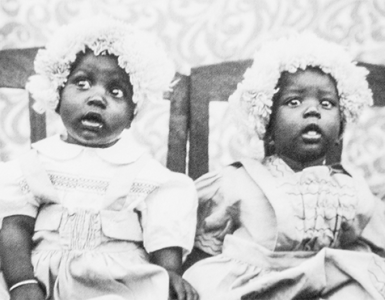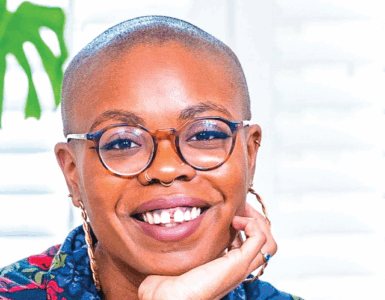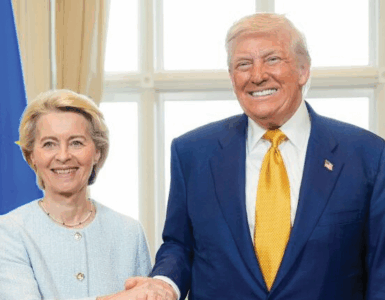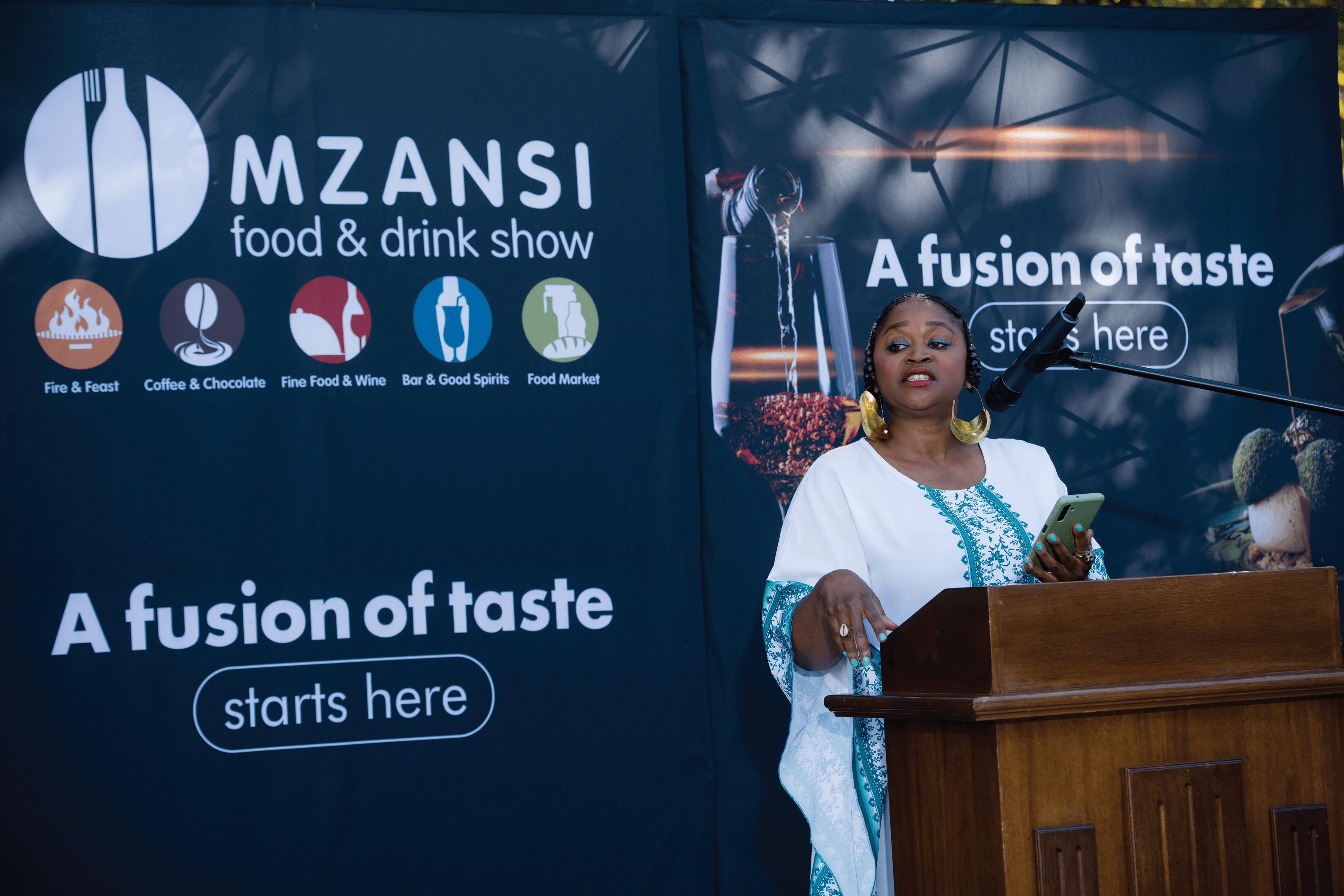HUMAN FACTOR: Catapulted by talent to a flawed world divided between those who accepted her for who she was and those who arrogated to themselves the power to decide who she ought to be…
By Jacob Mawela
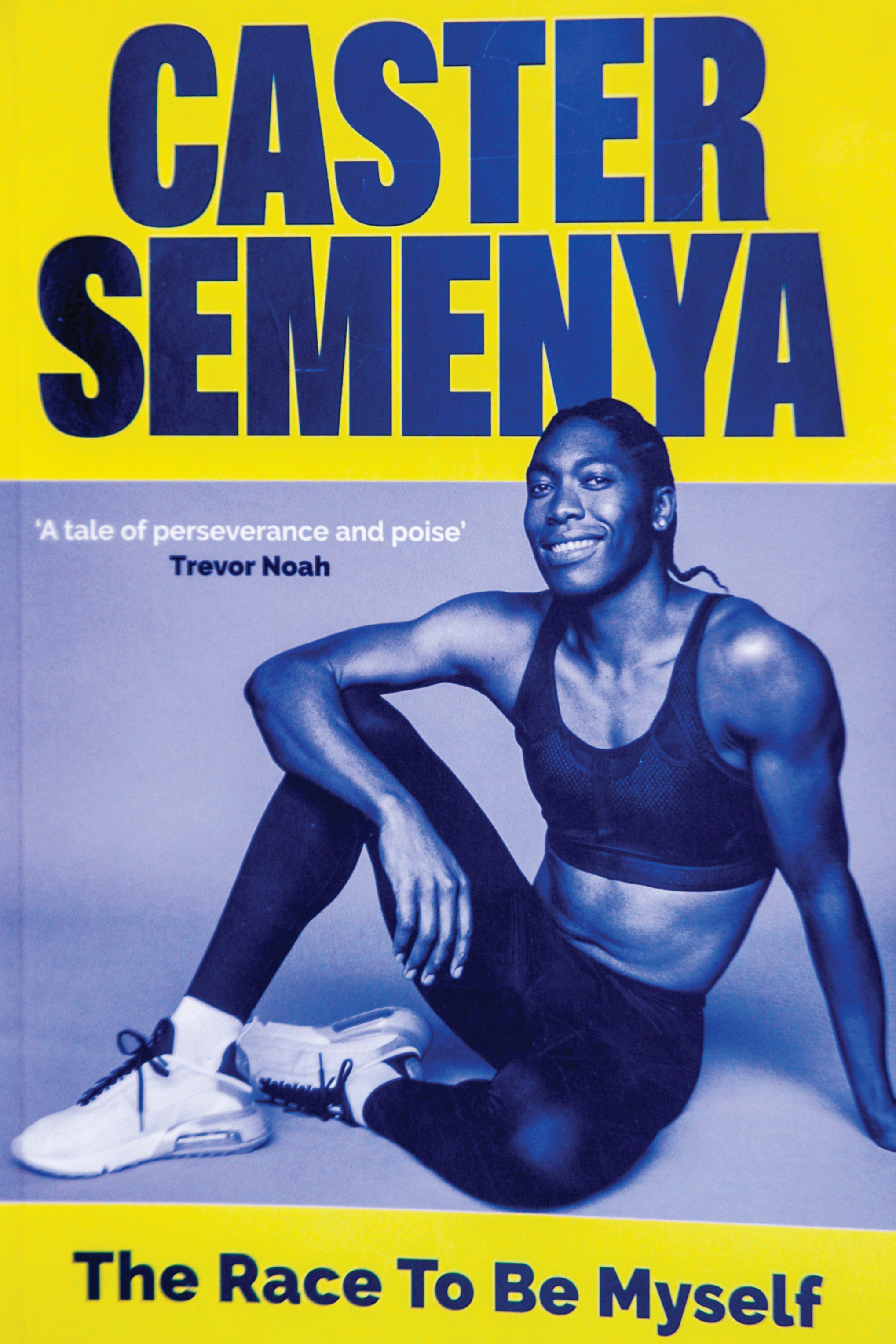 For starters, she was born sans a uterus (a womb) – thus rendering her to be incapable of carrying a child! And it is this biological anomaly about her which brought, not only from the athletics global quarter but also the world’s attention, to a then aspirant teenage runner from GaMasehlong – a backwater village located 83km from Polokwane in Limpopo Province.
For starters, she was born sans a uterus (a womb) – thus rendering her to be incapable of carrying a child! And it is this biological anomaly about her which brought, not only from the athletics global quarter but also the world’s attention, to a then aspirant teenage runner from GaMasehlong – a backwater village located 83km from Polokwane in Limpopo Province.
Caster Semenya, in case you wondered and still do, has a vagina! Thus rendering South Africa’s double-gold Olympian a – in her own words girl – albeit a biologically different one from the billions of females in the past and present to ever populate planet Earth!
Just as the rare gender condition, referred to as, DSD (difference in sex development) was to become the source of personal persecution and ostracism – reminiscent of the heartbreak degradation of the 19th century Khoikhoi woman, Saartjie Baartman, who was subjected to inhuman violation by colonial.
It all began unravelling for the then naïve bumpkin in August 2009 when, whilst a teenager of 18, she romped to victory in the 800-m race at the World Championships in Berlin. The reaction, apathetic and dehumanising, to her achievement wasn’t what she would have bargained for – but led to her unwitting discovery of her biological makeup as being different to those of her fellow competitors and womankind!
Being just a child still under the guardianship of her parents, she couldn’t fathom what the whole brouhaha from athletics governing body (IAAF), the media, scientists and experts, as well as disapproving competitors, was all about.
In her young mind, she deemed it strange that her triumph didn’t induce celebration – but rather, the opposite!
Unbeknown to her, the 2009 firestorm was to herald a career-long ordeal which would culminate in her being banned from running in her preferred 800-m distance by the International Association of Athletics Federation in 2019 – all because of a biological condition she happened to be born with!
The above introductory background is contained in the recently released tome, Caster Semenya: The Race To Be Myself – a no-holds-barred memoir authored by “one of the greatest track & field athletes to ever run the 800-m distance” (in her own words), which offers astonishing insight into her inner strength despite what she had to endure because of her love of running.
Hers is a recollection of how it felt like to effectively be reduced to a guinea pig – all while immersed in a personal quest to follow her passion and desire to provide for her family!
The ‘guinea pig’ treatment of Semenya stemmed from her body having been discovered to produce an elevated amount of testosterone deemed by the authorities to give her advantage over fellow female runners – thus, in their reasoning, necessitating for her to be subjected to a countermeasure.
In her case, a systemic intake of estrogen, geared to suppressing the testosterone output. An up to then unproven measure which her medical team proposed as a dealmaker between herself and the IAAF intended to allow her to continue participating in the federation’s sanctioned events. It has to be noted here that, owing to her desperation to salvage her doomed running career, Semenya was effectively co-opting herself into a medically and scientifically uncharted realm! One loaded with consequences, in the form of side effects, she was to physically suffer immediately upon the drug being introduced to her system.
In a chapter in the unputdownable paperback titled, Hope, she mentions having to come to terms with bouts of feeling bloated, muscles feeling heavy, always feeling tired, a hurting head, nausea, constant sweating, unquenchable thirst and protracted hunger which abided alongside an ever urge to vomit!
In her account of the off-track episodes which overshadowed her on-track feats (which commendably comprise garnering two gold medals at two Olympics; Commonwealth Games victories; a trio of World Championships triumphs and a slew of the financially lucrative Diamond League meets, etc) Semenya unabashedly takes the reader into a behind-the-scenes world of unending gender tests entailing gynaecologists, mostly total strangers, laying her on tables with legs splayed on stirrups whilst peeping into her private parts in efforts to ascertain that she indeed wasn’t a boy; repeated blood tests; being labelled a hermaphrodite; considered ‘intersex’; ‘superhuman’ – among myriad insults directed at her way from rural South Africa to prestigious arenas of the European Union.
An incident which resonantly demonstrated an obstinate stance for her principles was her refusal to undergo a gonadectomy operation proposed by the IAAF to remove the organs responsible for the production of the testosterone in her.
In fact, she took her protracted feud with the IAAF personally – especially regarding its honcho, Sebastian Coe. So much so that after being offered a team of solicitors who represented her pro bono, she spent a substantial part of her career embroiled in constant litigation against the federation.
Dedicating her recollections ‘to those who are born different and feel they don’t belong in this world’ – not only do they depict an embattled national sporting heroine to whose defence in the ilk of then president Jacob Zuma, Winnie Madikizela-Mandela and Julius Malema, had to rally, but also a young barefooted girl who initially became immersed in running while hunting for rabbits, warthogs and springboks alongside boys in the wilder near her nondescript rural village.
One who was plucked from oblivion upon securing a scholarship to the University of Pretoria which would lead to her transforming into a burgeoning world class athlete; the first female sportsperson endorsed by Nike; encounters with Paralympian, Oscar Pistorius and Olympian, Mbulaeni Mulaudzi.
A segment in the read also relates how Semenya met her now partner and mother of her two daughters, Violet Raseboya, in a locker-room pending a routine drug test.
Raseboya, a fellow runner, had initially mistaken her for a boy!
- Produced by Jonathan Ball Publishers and distributed across South Africa and beyond, Caster Semenya: The Race To Be Myself, is available at reputable bookstores countrywide


